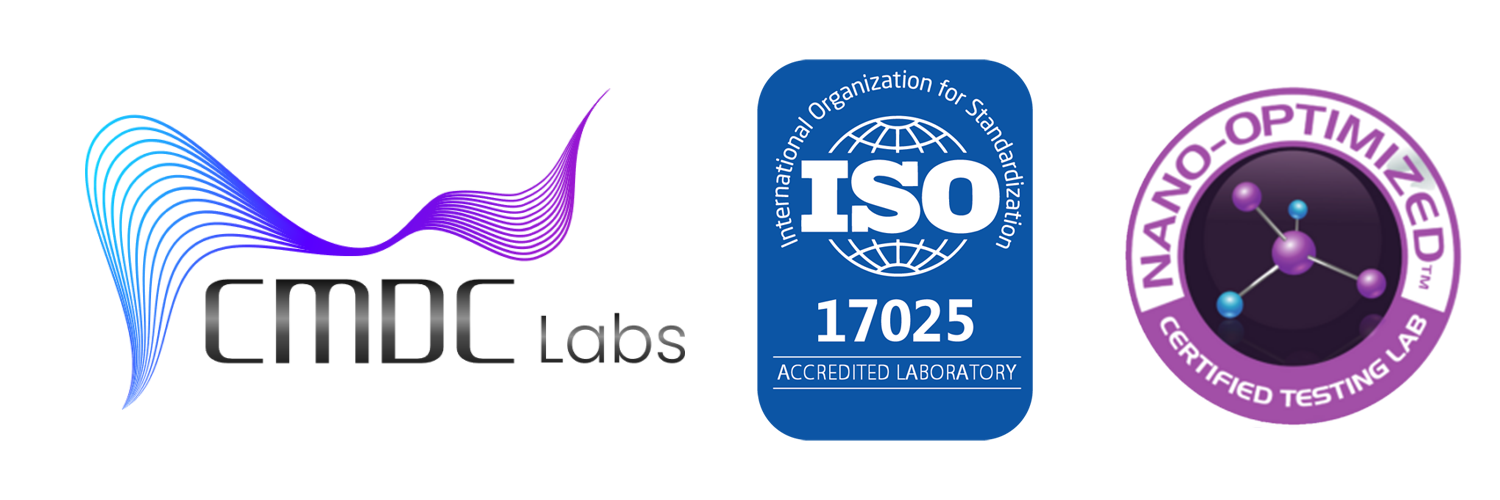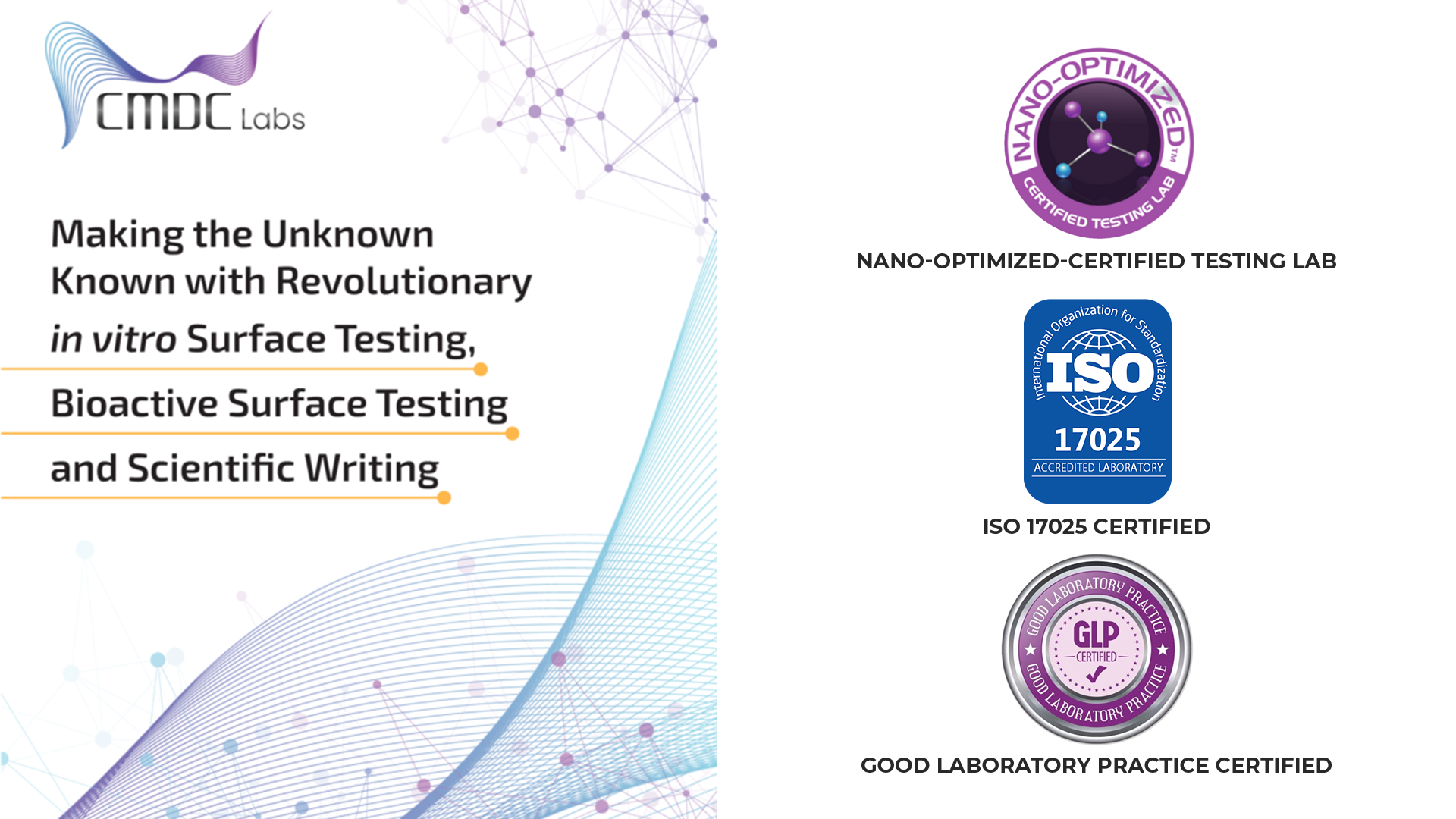In a world still reeling from pandemic disruptions, the global medical supply chain is once again being reshaped — this time by tariffs, trade realignments, and a renewed push for domestic self-reliance. The U.S. government’s recent policies to reduce dependency on foreign manufacturing, especially in medical devices, PPE, and critical healthcare consumables, are rewriting the rules of how products are sourced, validated, and tested.
Behind the headlines of trade disputes lies a complex truth: ensuring safety and compliance doesn’t stop at the factory border. Every shift in where and how devices are produced triggers a parallel demand for new validation, materials testing, and sterility assurance.
At the center of this transition are laboratories like CMDC Labs, supporting manufacturers through this turbulent evolution — helping them stay compliant, efficient, and safe in a market where global trade and public health intersect.
1. The Tariff Wake-Up Call: Rebuilding Medical Supply Chains from Within
Tariffs and trade restrictions have long been tools of economic policy, but their impact on healthcare manufacturing is profound. The pandemic exposed how deeply the U.S. healthcare system depended on overseas suppliers — not just for finished devices, but for components like tubing, filters, gloves, and sterile packaging materials.
Now, with tariffs on imported medical equipment from regions like China, India, and Southeast Asia, many U.S. companies are reshoring or near-shoring production to mitigate risk and reduce exposure to geopolitical volatility.
But moving production home brings new challenges:
- Requalifying suppliers under FDA and ISO 13485 standards.
- Verifying material equivalence when sourcing substitutes for imported components.
- Revalidating sterilization processes in new facilities or under modified environments.
Each of these steps requires independent laboratory support to ensure the end product meets its intended performance, safety, and sterility requirements.
2. What Trade Policy Means for Device and PPE Manufacturers
The U.S. Department of Commerce’s Section 232 investigations and ongoing tariff frameworks reflect one goal: to strengthen national resilience in critical medical supply chains.
While the intention is to protect the nation’s capacity to respond to health emergencies, the implementation places a heavy burden on device manufacturers, PPE producers, and their quality teams.
Many must now:
- Identify new domestic suppliers and establish equivalence data to satisfy FDA regulatory documentation.
- Develop new materials validation reports that prove functional and biocompatibility consistency.
- Reconfirm sterility validation under revised packaging, transport, or facility conditions.
This “domestic-first” transition essentially multiplies testing requirements — not as a one-time cost, but as a recurring quality investment.
That’s where the expertise of a third-party testing lab like CMDC becomes crucial: not just as a compliance partner, but as a strategic safeguard during realignment.
3. CMDC Labs’ Role: Independent Testing in a Reshored Supply Chain
In today’s environment, validation data must do more than prove compliance — it must demonstrate trust, traceability, and transparency across a multi-tiered supplier network.
CMDC Labs provides a comprehensive suite of testing and validation solutions that help medical manufacturers navigate this evolving regulatory terrain:
a. Supply Chain Requalification
When a manufacturer shifts suppliers or opens a new production line, every element — from polymer tubing to adhesive — must undergo chemical, physical, and microbiological analysis.
CMDC Labs helps verify material identity, functionality, and compatibility with device performance, ensuring the new supplier’s components are scientifically equivalent to previously approved materials.
b. Materials and Biocompatibility Validation
Changing vendors can alter the chemical footprint of a product — sometimes subtly, but with significant downstream implications. CMDC performs materials compatibility, extractables/leachables, and cytotoxicity evaluations under ISO 10993 frameworks, ensuring that every device maintains safety across its new material landscape.
c. Sterility Assurance and Packaging Integrity
When packaging or sterilization providers change due to supply disruptions, CMDC validates sterility assurance levels (SAL), evaluates packaging barrier integrity, and confirms sterilization residuals per ISO 11737 and ISO 11137 standards — ensuring compliance with FDA expectations even under modified process conditions.
d. Documentation and Regulatory Support
As FDA and EU MDR requirements become increasingly data-driven, CMDC assists in preparing validation dossiers, traceability matrices, and technical files that integrate directly into regulatory submissions, audit packages, and internal QMS systems.
4. The New Quality Imperative: Verification Across the Lifecycle
The modern medical supply chain is not static — and neither is quality assurance.
Under new trade dynamics, manufacturers face continuous adaptation. A single tariff change, raw material shortage, or regional export ban can cascade through production lines and inventories.
The response requires lifecycle-based validation, not just pre-market testing.
CMDC’s model emphasizes this evolving approach:
- Incoming Material Verification: Regular testing of critical inputs to confirm supplier stability.
- In-Process Environmental Monitoring: Continuous microbial load verification during manufacturing and assembly.
- Post-Market Surveillance Support: Performance testing of retained samples to monitor long-term stability and sterility integrity.
This holistic validation framework reduces the risk of unexpected compliance failures — and protects against recalls that can result from shifting supply chains without sufficient scientific oversight.
5. National Security Meets Public Health
It’s easy to see tariffs as purely economic tools, but in the context of healthcare, they’ve become public health instruments. A disrupted supply chain can delay life-saving devices; an unverified substitution can compromise sterility.
That’s why testing labs are now part of a broader national security framework:
- They ensure that requalified suppliers meet domestic standards.
- They verify that imported materials, when used, remain compliant with FDA expectations.
- They provide data that policymakers and manufacturers rely on to maintain public trust.
CMDC’s expertise in both device validation and regulatory documentation positions it as a key partner in this intersection — bridging technical validation with policy compliance.
6. The Economics of Quality: Why Testing Is an Investment, Not a Cost
For many manufacturers, testing has historically been viewed as a regulatory checkbox.
But under today’s tariff-driven constraints, testing has evolved into an economic strategy — reducing downtime, preventing noncompliance penalties, and accelerating time-to-market when suppliers shift.
For instance:
- A failed material validation late in production can cost millions in wasted stock and lost time.
- Early-stage testing and accelerated equivalence studies by CMDC can prevent that risk entirely.
By integrating testing into supply-chain strategy, companies create a resilience buffer — transforming uncertainty into data-backed confidence.
7. Preparing for the Next Disruption: Building Resilient Quality Systems
The lesson from both the pandemic and the current tariff wave is clear: resilience is measurable — and testing is the metric.
Manufacturers that embed quality verification early and often are not just more compliant; they’re more adaptive.
CMDC Labs advocates a proactive model where:
- Every supplier has a validation readiness plan.
- Every process change triggers rapid analytical verification.
- Every device lifecycle includes routine sterility and packaging audits to confirm sustained performance.
This proactive framework ensures that when trade policies shift again — and they will — CMDC’s clients already have the infrastructure to pivot swiftly and confidently.
8. The Broader Impact: Trust in a Redefined Global Market
As tariffs realign global manufacturing, the ultimate outcome is more than just localized production — it’s a redefinition of trust in the devices we depend on.
When testing data is validated, traceable, and transparent, it becomes the currency of reliability across borders.
For CMDC Labs, this is not simply a regulatory function — it’s a mission:
To ensure that every test, every certificate, and every report strengthens the integrity of the global medical ecosystem, no matter where materials originate.
Conclusion: Turning Tariff Turmoil into Technical Strength
Tariffs and trade policy shifts may appear as macroeconomic events, but their most tangible effects are felt in the labs, production floors, and QA departments that keep healthcare safe.
Through robust testing, data-driven validation, and scientific transparency, CMDC Labs helps transform uncertainty into opportunity — empowering manufacturers to thrive amid change, rather than merely react to it.
In a reshaped global landscape, testing is no longer a final step. It’s the foundation of trust, compliance, and resilience — the cornerstones of every medical innovation that reaches the hands of those who need it most.
Sources: ALCircle, U.S. Department of Commerce, FDA.gov, ISO.org, MedTechDive.

